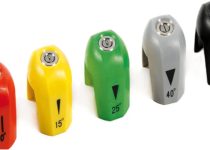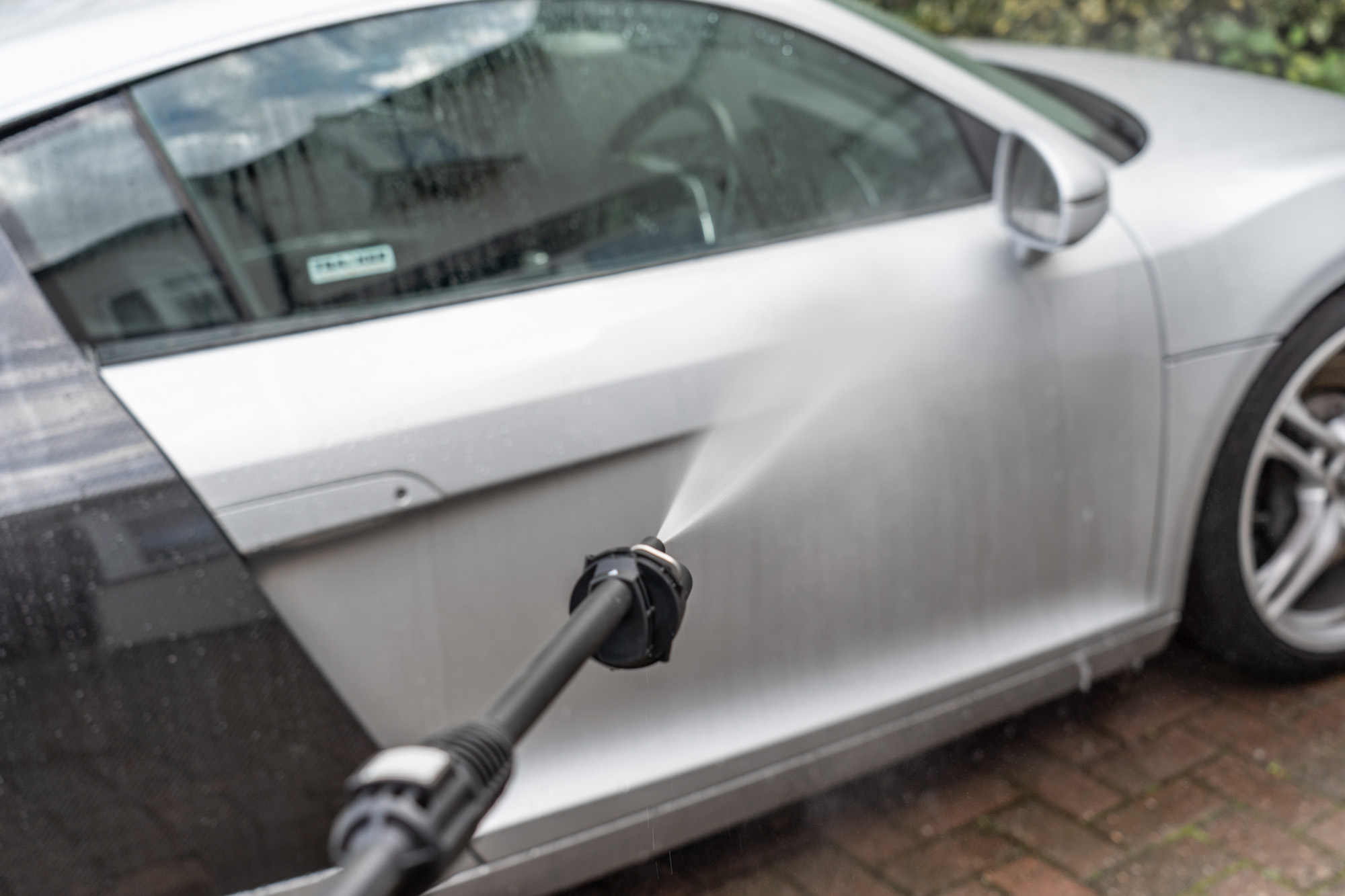How To Unclog A Pressure Washer? (2022) Best Tips

As we all know, pressure washer nozzles come in a variety of styles. Nozzles with smaller holes produce higher pressure than ones with larger holes. These nozzles, which come in a variety of pressures, can be useful for a variety of purposes. For concrete, you may want to use a higher-pressure nozzle, whereas, for decking, you may require a lower-pressure nozzle. Similarly, one that would be appropriate for metal chairs would not be appropriate for your vinyl siding. Come let’s take a look at how to unclog a pressure washer.
If a nozzle clogs, it can be a real pain. So the purpose of this article is to show you how to unclog a pressure washer and keep it from clogging again. When the performance of your pressure washers destroys, the most likely issue is nozzles, rather than pumps or motors. Check them for clogging right away, and then run an analysis for any other frequent nozzle issues. The method for unclogging nozzles in power washers may differ depending on the one attached to your machine.
Follow these procedures to unclog a pressure washer nozzle:
Keeping in mind that power washer nozzles can have large or small holes, the method of cleaning them may differ slightly. The tools for cleaning these devices remain the same, except you’ll need a larger wire/paper grip for big-holed nozzles to obtain a firmer handle on trapped dirt. However, unclogging nozzles is a simple procedure. As a result, the following pointers should assist you in completing it more thoroughly and quickly:
- Using a Pin
- Take out the nozzle:
It’s vital to remove the nozzle because using the needle to poke the holes while it’s still attached to the pipe could cause it to clog at the main connection point.
- Pierce the holes:
Pierce the holes one by one while holding the nozzle sideways. Wipe any residue off the pin when it comes out the other end using a cloth.
- Rinse the nozzle with water:
Turn on the water while holding the nozzle under a tap. Allow the particles to wash away, make sure there are no more clogs, and insert the pin a couple more times.
- Replace the nozzle
Turn on the machine once the nozzle is linked to the hose. Adjust the water pressure and check that the water is flowing properly.
2. Use White Vinegar to Clean the Nozzle
Vinegar is a useful home product that can be used to clean almost everything. It can also be used on and in a pressure washer. It’s a more ecologically friendly option, plus a few drops of essential oil may make the space smell fantastic.
Scratching calcium deposits and grime that have hardened within or outside a nozzle does not function effectively. This is where vinegar enters the picture. Fill a bowl halfway with white vinegar and submerge the nozzle for a few minutes. Vinegar’s acidity reacts with calcium, grime, and grease, dissolving everything it comes into touch with.
This will help you understand each step involved in unclogging nozzles so you can do the proper thing going forward. This post is also for you if you are a farmer or a commercial cleaning service provider who wants to learn more. Follow us as we take you to step by step through the process of cleaning clogged pressure washer nozzles. We’ll go over a few additional ideas for choosing and using nozzles for power washers to help you grasp this topic even better.
What Makes a Clog in a Pressure Washer?
- Debris: Debris is the clearest reason for a pressure washer clog. Despite the fact that the nozzle is small and there is a water filter to keep debris out, minute particles stick to the surface and harden with time. This has an impact on the performance of your machine.
- Caking: it occurs when worn materials within and outside the machine break down into little pieces and clog the nozzle.
- Wear and Tear: Broken rubber seals that dissolve and block the pipe.
- Inappropriate Cleanser: Corrosion and erosion in various components of the machine might be caused by using the wrong detergent. The nozzle becomes clogged as a result of the mess.
- Dirty Water: Dirt might build upon the nozzles if your tap water is dirty.
Types of Pressure Washers Nozzles
In the package, most pressure washers come with 4–5 colour-coded nozzles:
- Black soap nozzles: Water is blasted at low pressure by black soap nozzles with big pores.
- White 40-degree: Because they blow water at low pressure, white 40-degree nozzles are perfect for mild washing chores.
- 15-degree nozzles: The yellow 15-degree nozzle features a narrow but powerful fan that is ideal for removing dirt, rust, paint, or mildew before painting, staining, or re-sealing most surfaces. It can be effective at removing caked mud from 4×4 cars and farm equipment when used cautiously from a distance.
- 25-degree nozzles: The green 25-degree nozzle is good for cleaning most surfaces in general. It’s the most common all-purpose nozzle in most households. The larger spray is ideal for sweeping away trash, mud, leaves, and other grime that isn’t embedded deeply in a surface. Decks, driveways, vinyl siding, cars, boats, patio furniture, and a variety of other surfaces can all benefit from it.
- Red 0-degree nozzle: Another type of nozzle known for blasting water as powerful jets is the red 0-degree nozzle. The red 0-degree nozzles are perfect for removing tough stains such as tar, gum, oil, mildew, and glue.
It’s all over!
Finally, we’ve answered your question on how to clear a clogged pressure washer. We hope you enjoyed reading this post and learned all of the tips for cleaning a pressure washer nozzle as well as the reasons why a pressure washer nozzle becomes clogged. Please take the time to read this article carefully, and thank you for ultimately sticking with us!


